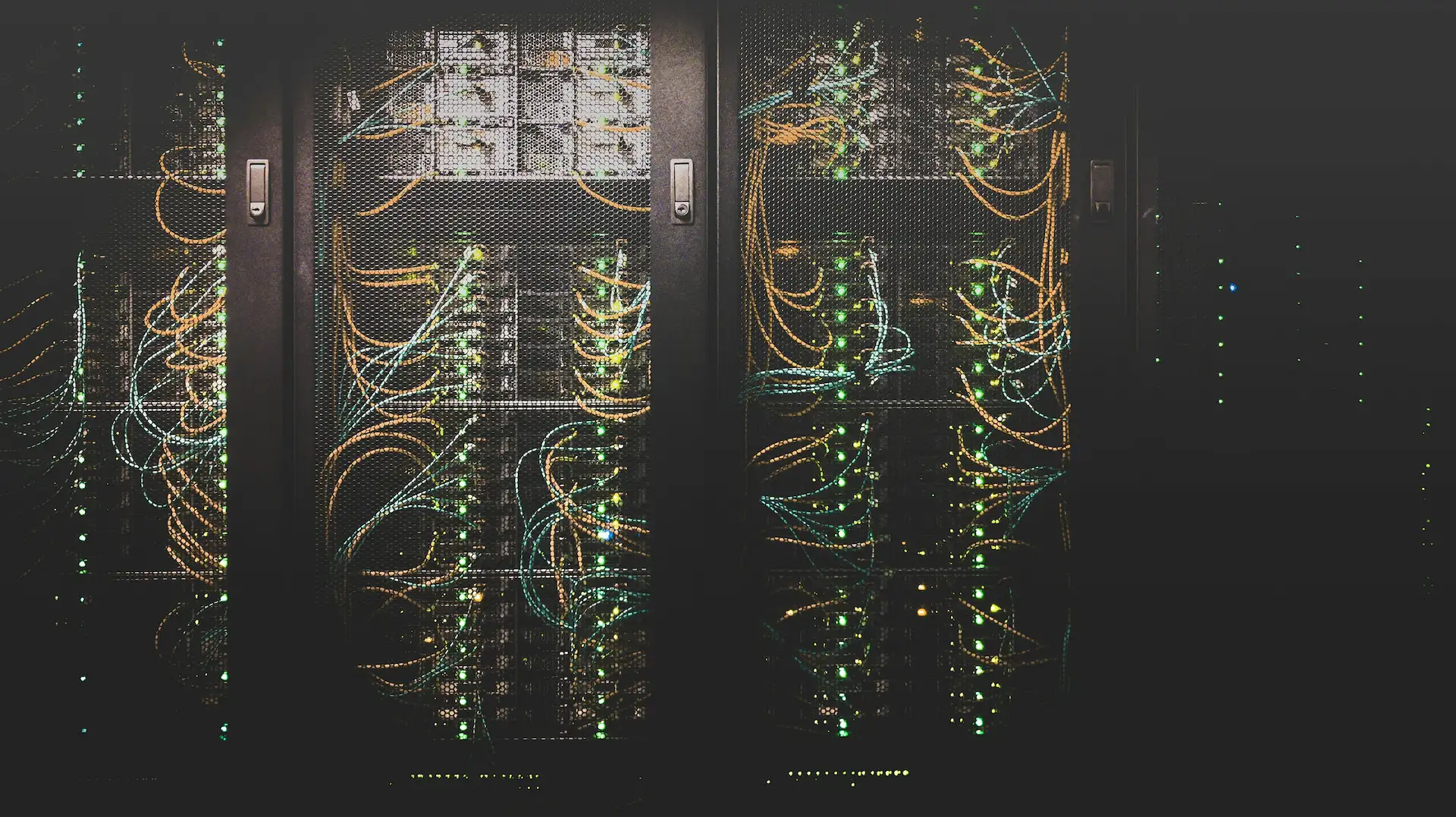In a groundbreaking move, Mistral AI has released a comprehensive lifecycle assessment (LCA) report for their language models, setting a new benchmark for environmental transparency in the AI industry. This initiative, conducted in collaboration with Carbone 4 and the French ecological transition agency (ADEME), aims to provide a clear analysis of the environmental footprint of AI models, contributing to the establishment of a global environmental standard for the industry.
Why is this important?
The environmental impact of AI remains largely undefined. Accurately measuring the impact of a single AI query is challenging due to the reluctance of many AI companies to disclose their energy consumption data.
However, it is evident that the rise of AI has significantly increased demand for energy, water, and other resources. Since the AI boom began in 2017, energy consumption by data centers in the U.S. has doubled. Currently, 4.4% of all U.S. energy is consumed by data centers, and not all of this energy comes from clean sources. This trend is expected to intensify as AI requests become increasingly complex.
You can't manage what you don't measure. Therefore, a structured analysis of AI's environmental impact is crucial to guiding this transformation toward an ethical and responsible future. We commend Mistral AI for taking this initial step. Read more about the role of AI in environmental reporting.
Key findings and methodology
The aim of the analysis was to calculate the environmental impacts of developing and using LLMs across three impact categories: greenhouse gas emissions (GHG), water use, and resource depletion.
- Greenhouse gas emissions: Measured by Global Warming Potential over 100 years (GWP100).
- Water consumption: Measured by Water Consumption Potential (WCP).
- Material consumption: Measured by Abiotic Resource Depletion (ADP)1.
The study reveals that while individual AI queries have a relatively low environmental impact, the cumulative effect of billions of queries is significant. This highlights the importance of transparency and sustainability in the AI industry. Also the training and development of the AI has significant impact.
Two important metrics were disclosed:
The environmental footprint of training Mistral Large 2: as of January 2025, and after 18 months of usage, Large 2 generated the following impacts:
- 20,4 ktCO₂e
- 281 000 m3 of water consumed
- 660 kg Sb eq (standard unit for resource depletion).
The marginal impacts of inference. (Inference refers to the process of drawing conclusions from data and applying them to make predictions or decisions. It involves using a trained model to make educated guesses about new, unseen data based on patterns the model has learned during its training phase.)
The use of our AI assistant Le Chat for a 400-token response - excluding users terminals:
- 1.14 gCO₂e,
- 45 mL of water,
- and 0.16 mg of Sb eq.
The Mistrals LCA concludes a strong correlation between a model’s size and its environmental impact. A model 10 times bigger will generate impacts one order of magnitude larger than a smaller model for the same amount of generated tokens. This underlines the importance of choosing the right model for the right use case.
Commitment to transparency and future goals
Mistral AI has committed to updating their environmental impact reports regularly and participating in discussions around the development of international industry standards. The company advocates for greater transparency across the entire AI value chain, helping AI adopters make informed decisions about the solutions that best suit their needs.
The report suggests that certain environmental indicators could become mandatory figures to report, informing the public about the impacts of AI technologies. This move is expected to encourage other AI companies to follow suit, fostering a culture of transparency and sustainability within the industry.
An example for the industry
Mistral AI's initiative is a commendable step towards greater environmental responsibility in the AI sector. By providing detailed environmental impact numbers, Mistral AI is setting a precedent for other companies to disclose their environmental footprints.
The report also underscores the need for public institutions to integrate model size and efficiency into procurement criteria, creating market incentives for more sustainable AI development.
By setting a new standard for transparency and accountability, Mistral AI is paving the way for other companies to follow, ultimately contributing to a more sustainable future for all.
Do you want to dive deeper into the numbers and details of this LCA check out their report.





.avif)
